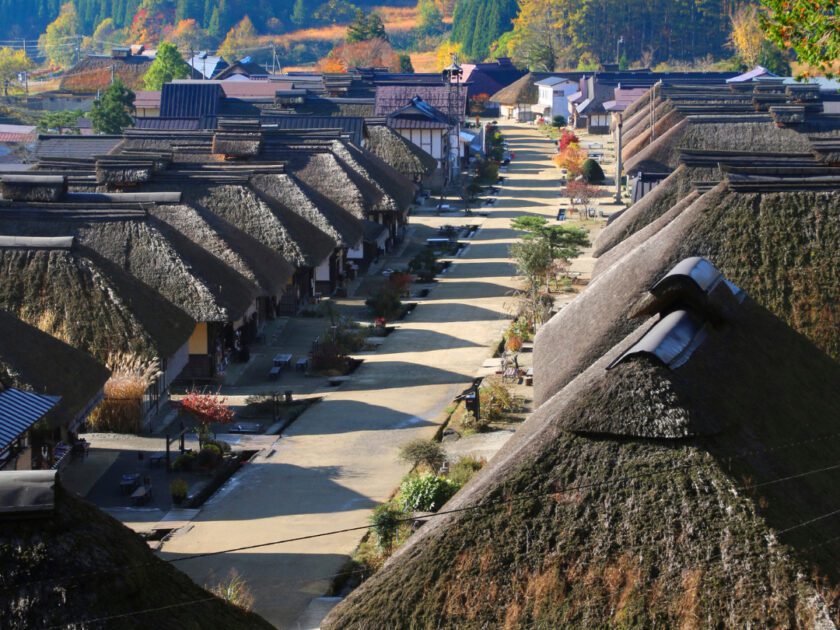The Secret of Gassho-style Villages: Do You Know the Relationship Between “Johana” and “Gokayama,” Both Highly Praised by UNESCO?
The Secret of Gassho-style Villages: Do You Know the Relationship Between “Johana” and “Gokayama,” Both Highly Praised by UNESCO? Recently, I covered the Johana Hikiyama Festival, but today, I will post about Gokayama, which I visited during that time. Both “Johana” and “Gokayama” Praised by UNESCO The Johana Hikiyama Festival is elegant, but the silk products supported Johana’s wealth. The raw silk, the material for these silk products, was produced by sericulture in Gokayama. In this way, Johana and Gokayama had a deep relationship. The distance between the two areas is about 14 km, roughly a 20-minute drive by car. Gokayama is part of the World Heritage site “Historic Villages of Shirakawa-go and Gokayama,” the Johana Hikiyama Festival is registered as a UNESCO Intangible Cultural Heritage. Understandably, both are highly appreciated worldwide. The name “Gassho-zukuri” (Gassho-style) comes from the shape of the triangular roofs that resemble hands pressed together in prayer (gassho), and the log frame structure called “gassho.” The steeply sloped roofs were also designed to help shed heavy snowfall. The Legend of the Heike Refugees in Gokayama It is said that the Heike refugees originally settled in Gokayama. In 1183, Kiso Yoshinaka (Minamoto no Yoshinaka) fought against Taira






